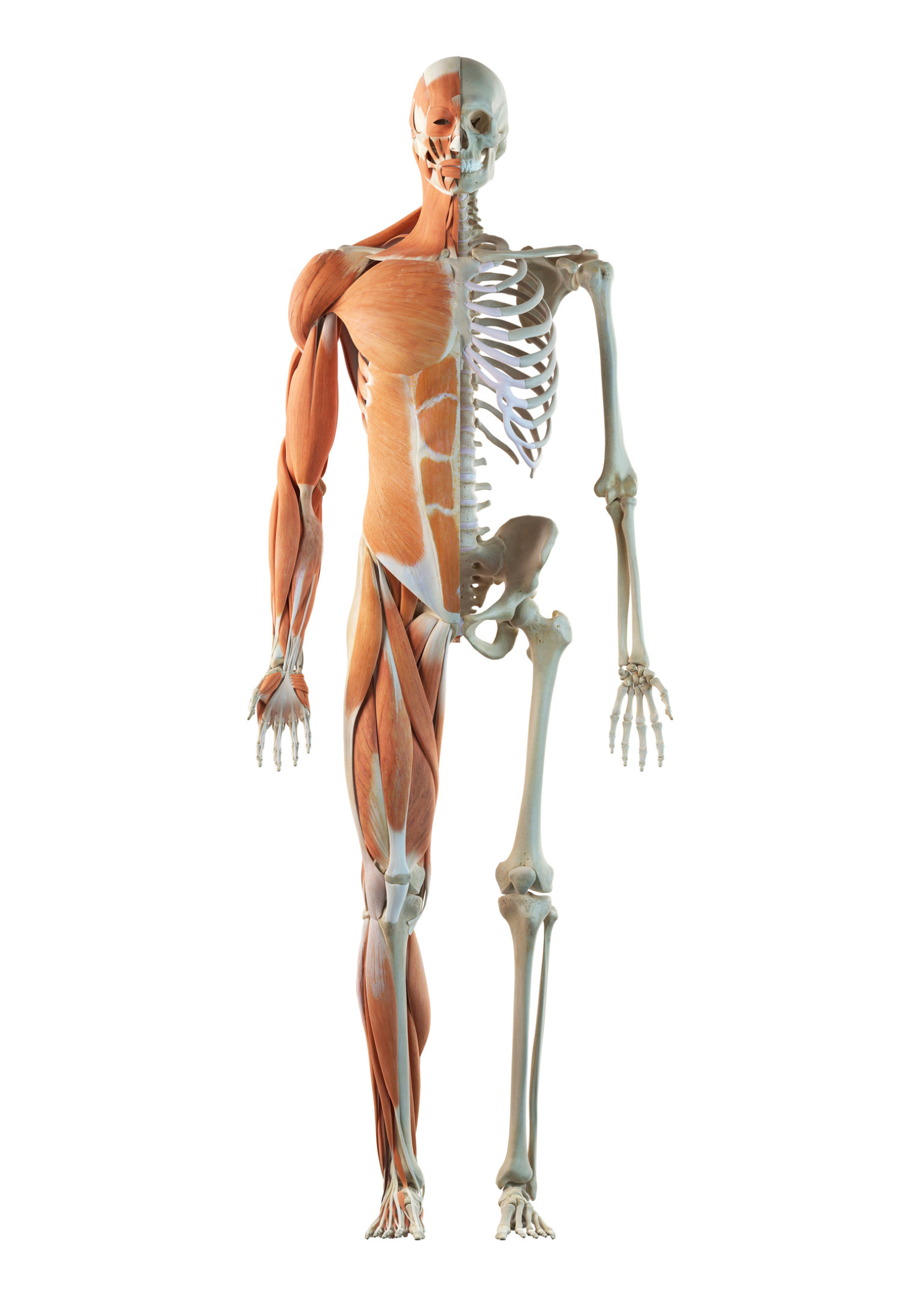Exercise Scientist | Specialised Trainer
Remedial & Sport Massage Therapist
Welcome to Madefit
I’m so glad you are here and I’m excited to share my passion for physical health with you.
Through my competitive years as an athlete, I got to experience the profound impact that physical training and massage have when used in a complementary manner. As we work and carry out our daily activities, we can experience pain, discomfort, and stiffness, which we often ignore and these can lead to more severe outcomes such as chronic pain, tendonitis, bursitis, and joint deterioration.
Together we can work to strengthen your body mechanics in preparation for any physical pursuit and use massage to heal your body from the stressors of these endeavors.
Pop into my clinic to discover how to train and live a life without discomfort and pain!
Looking forward to working with you
Ciao

Madefit Approach to Exercise and Remedial Therapy
Balancing exercise with remedial therapy can provide a comprehensive approach to improving physical fitness, addressing movement dysfunctions, and promoting overall well-being.
-
By incorporating exercises that target weak areas or imbalances identified through remedial therapy, individuals can reduce the risk of future injuries. For example, if someone has a history of ankle sprains due to weak ankle stabilizers, functional training exercises that focus on ankle stability can help prevent future sprains.
-
Exercise enhances the body's ability to perform specific movements efficiently. By addressing any underlying dysfunctions or imbalances through remedial therapy, individuals can optimize their movement patterns and maximize their performance potential. For instance, if someone experiences limited hip mobility due to tight hip flexors, remedial therapy techniques such as stretching and soft tissue release can be combined with functional training exercises that target hip mobility to improve overall performance in activities like running or squatting.
-
Balancing exercise with remedial therapy can be particularly beneficial for individuals recovering from injuries or surgeries. Remedial therapy techniques can help address the specific issues related to the injury, while functional training exercises can be gradually incorporated to restore strength, mobility, and function. This integrated approach ensures a comprehensive rehabilitation process that not only addresses the immediate injury but also focuses on long-term recovery and prevention of future issues.
To effectively balance functional training with remedial therapy, it is important to consider the following:
-
Each individual has unique movement patterns, imbalances, and goals. It is crucial to undergo a thorough assessment by a qualified professional, such as a physical therapist or certified trainer, to identify any specific dysfunctions or limitations. This assessment will guide the development of an individualized program that combines functional training and remedial therapy techniques tailored to the individual's needs.
-
Balancing these two approaches requires a progressive approach that gradually integrates exercise into the remedial therapy program. Initially, the focus should be on addressing any underlying dysfunctions or imbalances through targeted remedial therapy techniques. As progress is made and the individual's condition improves, functional training exercises can be introduced gradually to enhance overall performance and function.
-
Regular monitoring and reassessment are essential to ensure progress and make necessary adjustments to the program. This may involve periodic check-ins with our qualified professional who can evaluate changes in movement patterns, address any new issues that arise, and modify the program accordingly.



